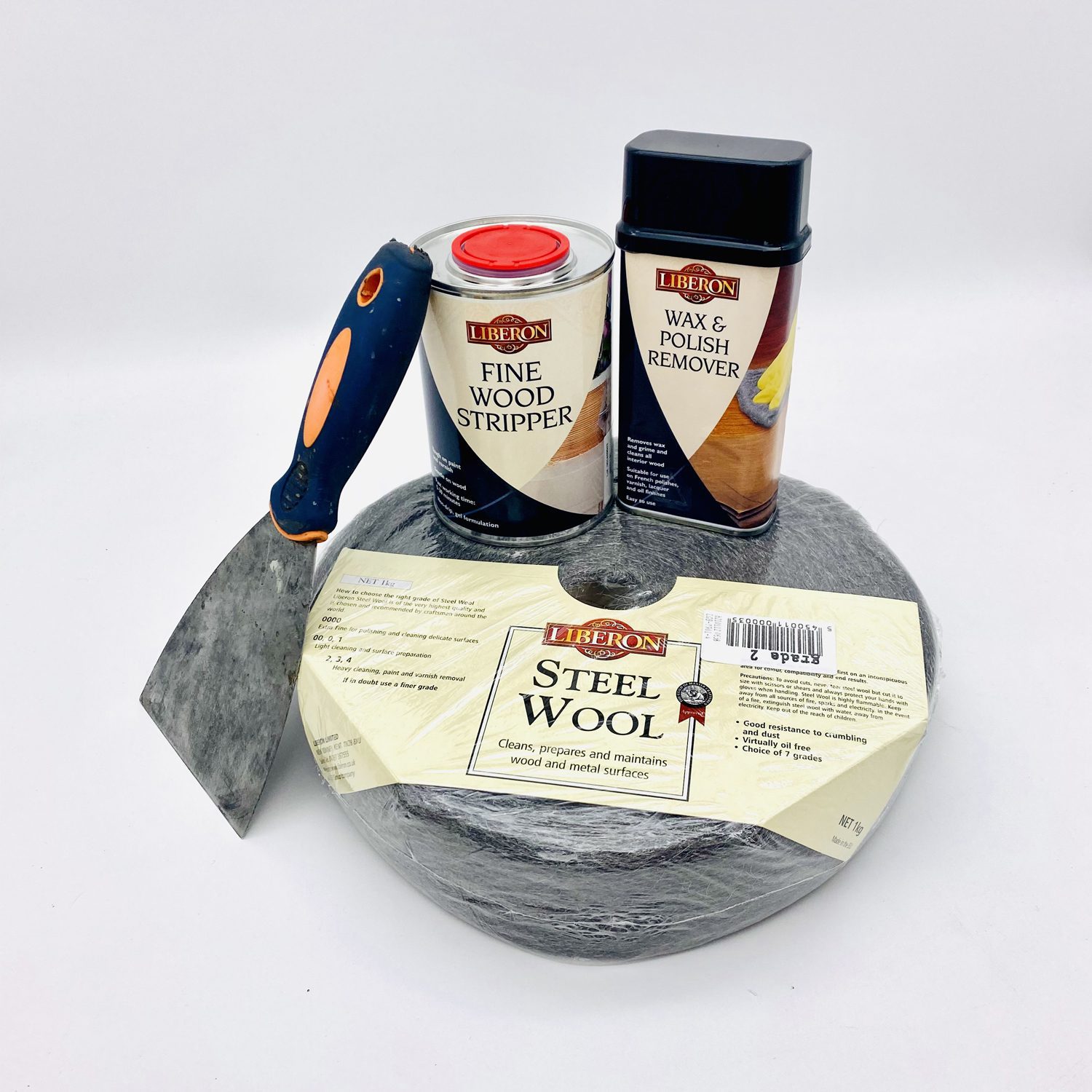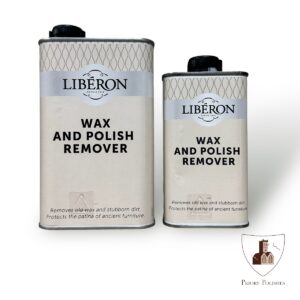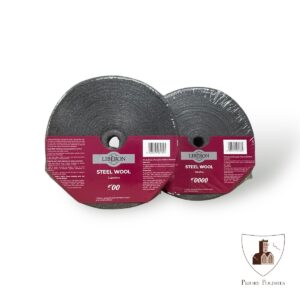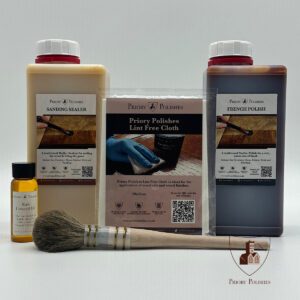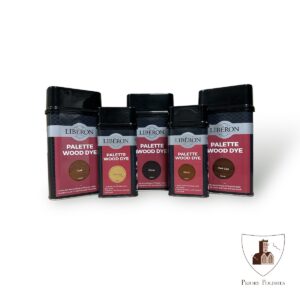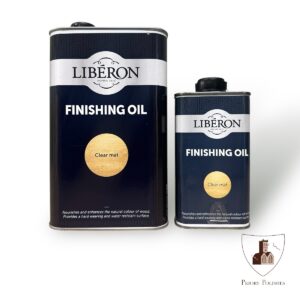On this article, we are going to teach you how to strip wood professionally on furniture, ready for re-finishing. Firstly, you should always assess the condition of the wood on your furniture as to whether it requires fully stripping or if it will revive using our Priory Polishes Polish Reviver. We would always recommend to retain the original patina whenever possible and our Polish Reveiver is designed to do this. Stripping off old varnish and polish is an important part of the preparation process, before re-finishing, as it involves a lot of care and attention to detail. The better the preparation will result in a better finish.
1. Before stripping a piece of furniture, you should always remove any brass hinges, fittings etc. as this will make the stripping far easier. Use masking tape, to mask up any areas that you do not want to be stripped so that you do not accidentally mark them with stripper. Always mask around any glass, as stripper is hard to clean off glass surfaces. Rubber gloves are essential as the stripper can be very irritant to the skin. Make sure you use in a well ventilated room and avoid splashing it on the skin or into the eyes.

2. Liberon fine wood stripper is a quick and easy to use stripper perfect for removing old paint, polish or varnish. Pour the stripper into a suitable tin can so it is easy to dip a brush in.
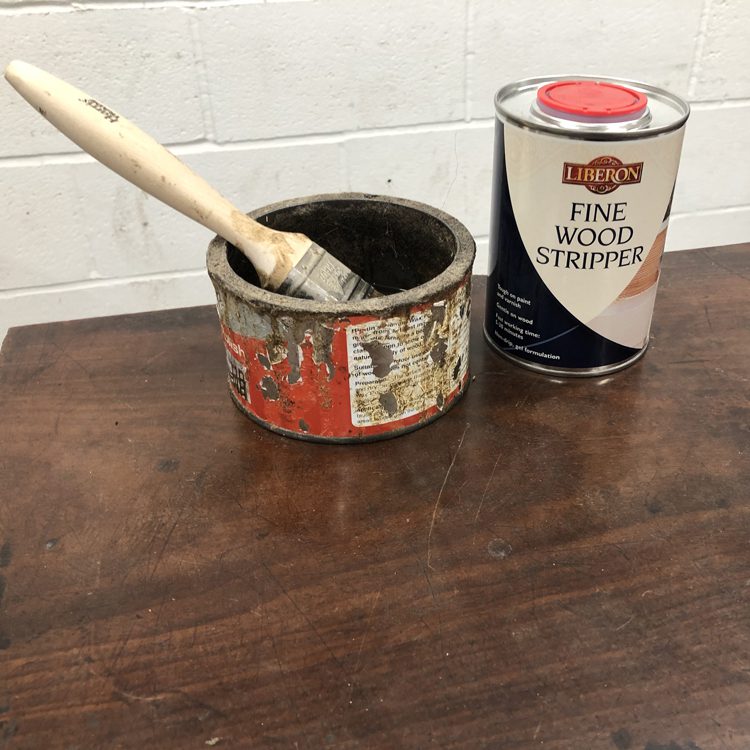
3. Apply a thin coat of stripper using a brush to the area being stripped and allow it to work for 5-30 minutes. As it begins to penetrate the old finish, you will start to see the surface bubble and craze.
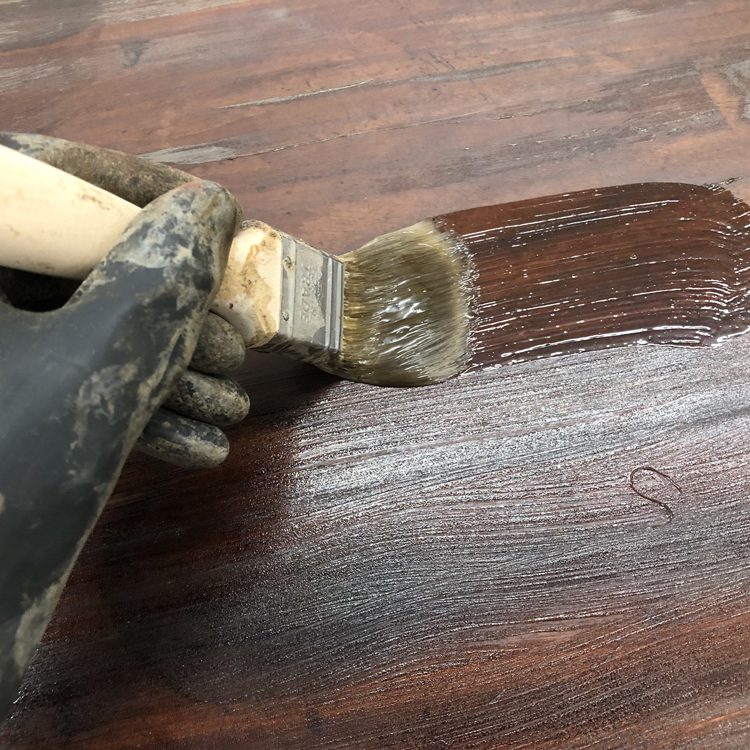
4. Remove the dissolved finish using a scraper or a course Liberon steel wool, working in the same direction as the grain. Then apply another coat of Liberon fine wood stripper and allow a further 5-30 minutes to work in.
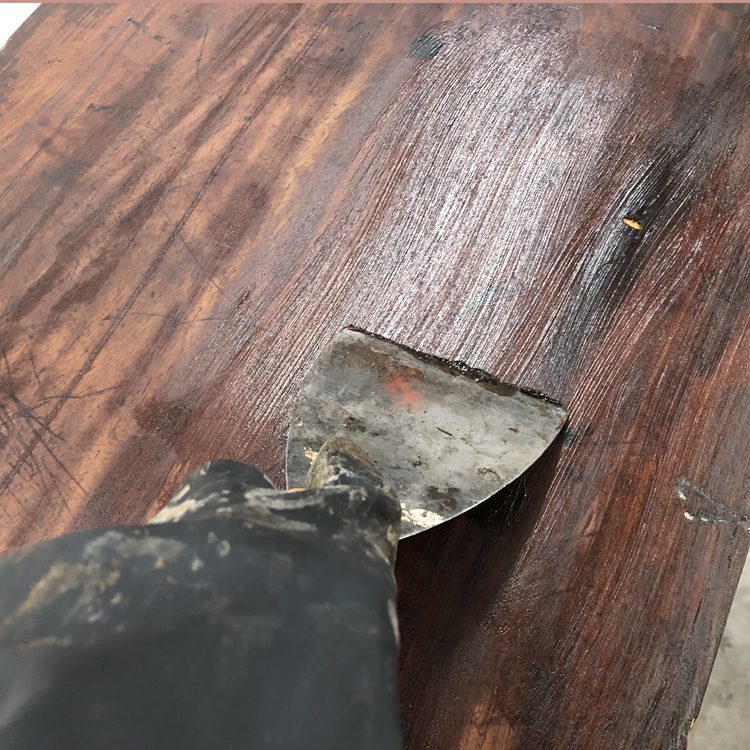
5. Remove the old finish once more by rubbing vigorously with course Liberon steel wool (grade 2/3) in the direction of the grain. If any areas with mouldings and carvings are difficult to get at you can use a stiff bristle brush. Repeat this process if further coats are required to remove any last areas of old polish.
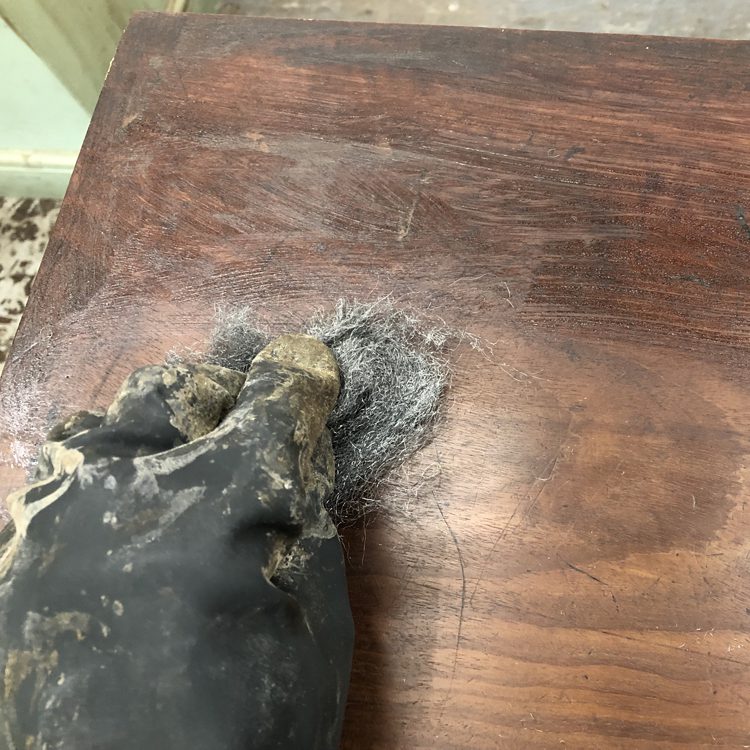
6. Once you have removed all the old finish back to the bare wood, you will need to neutralise the timber. This is to remove residue from the stripper that is left behind, that might attack any new subsequent finishes. We recommend using Liberon wax and polish remover or methylated spirit.
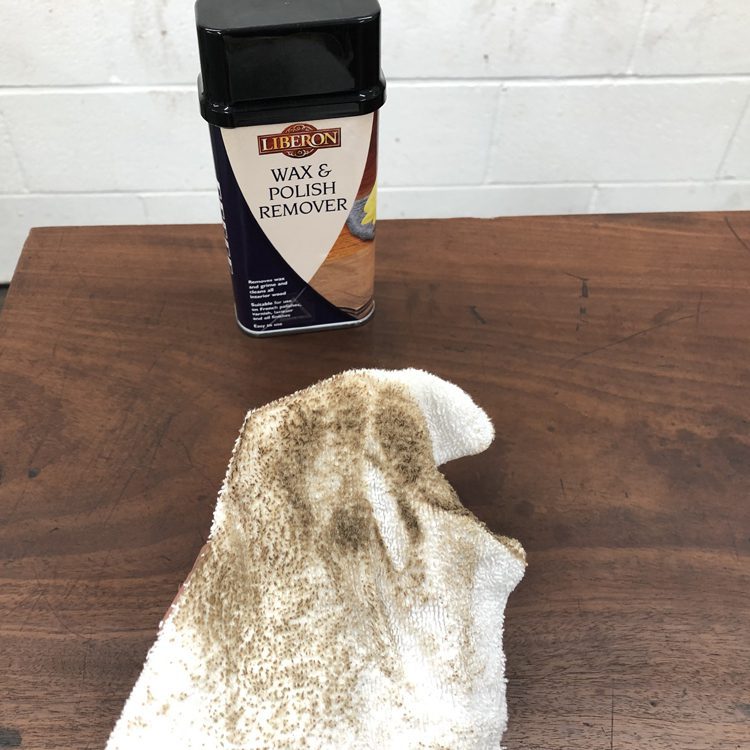
7. Leave to dry for 24 hours. Then lightly sand the surface using 240 grit sand paper, as it is important to achieve a good flat smooth surface before the finishing process.
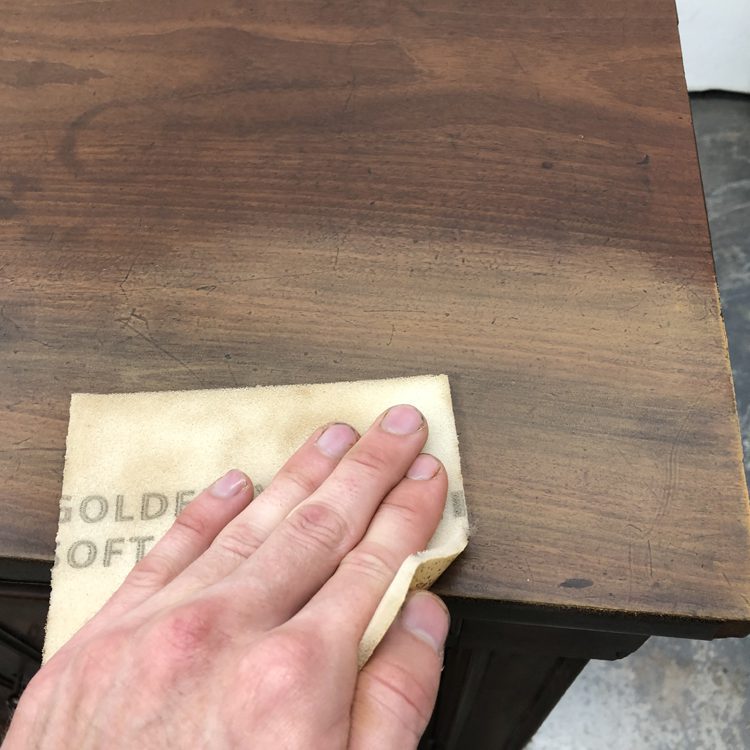
8. If there is any imperfections visible in the wood such as chips or small holes these should be filled using Liberon wax filler sticks. These come in a wide range of colours suitable for all kinds of wood. Simply squash the wax filler into the affected area and use a spatula to remove any excess and buff flat.
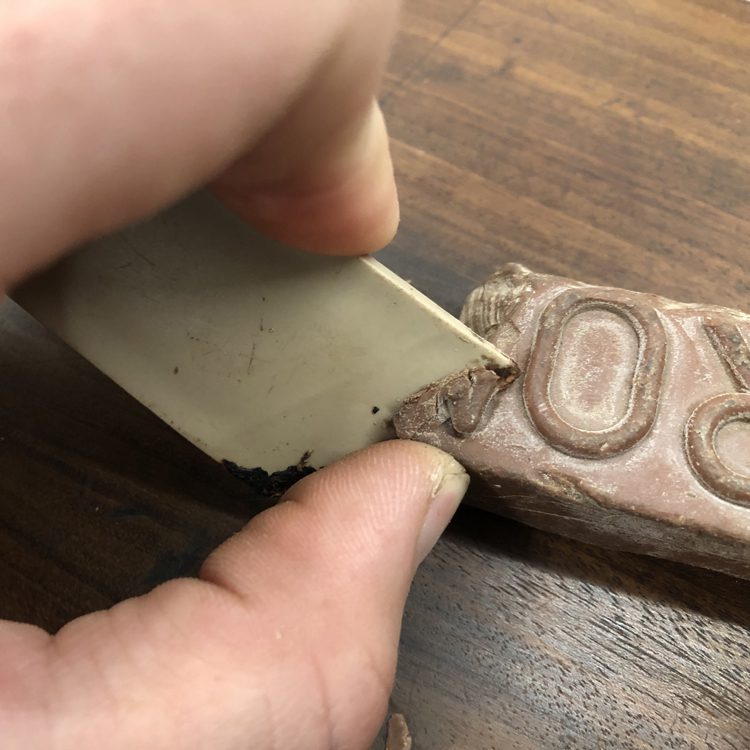
9. Once you are happy, ensure the surface is clean. Then you can use Liberon Spirit wood dye or Liberon Palette wood dye to achieve a uniform colour. These come in several different shades to give you the colour you require.
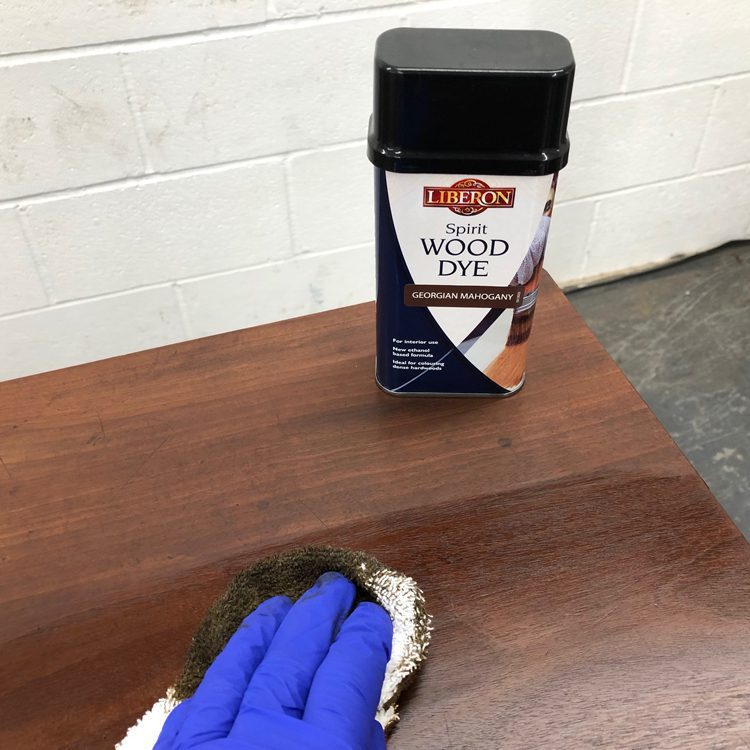
10. After you are happy, you can seal the stain or bare wood using either Priory Polishes Shellac Sanding Sealer followed by Priory Polishes French polish. Alternatively, if you want a less shiny finish we recommend using Priory Polishes Finishing beeswax or for a water resistant finish use Liberon finishing oil.
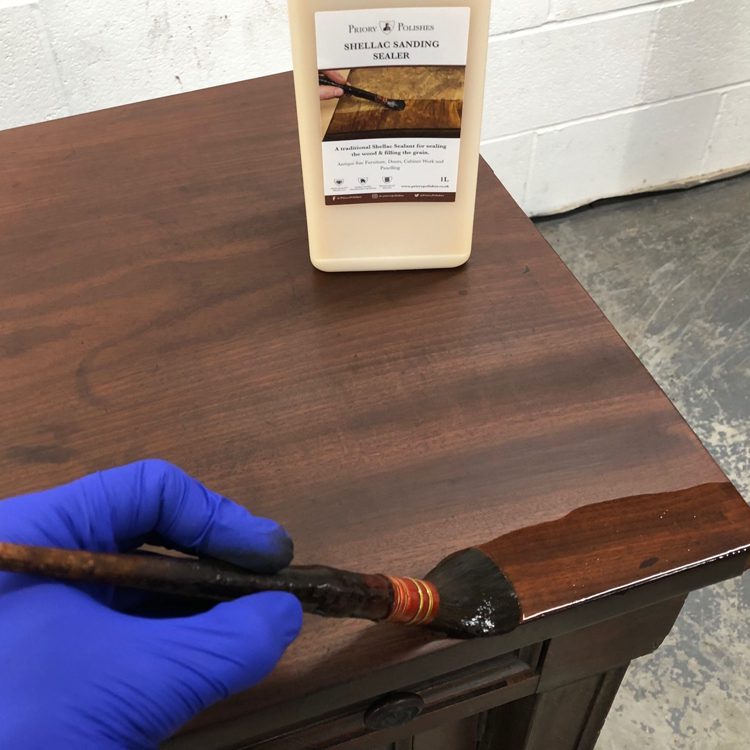
-
 Liberon Fine Wood Stripper – 500 ml£11.99
Liberon Fine Wood Stripper – 500 ml£11.99 -
 Liberon Wax and Polish Remover – Removes Old Wax, Dirt, Smoke & Grime£9.99 – £13.89
Liberon Wax and Polish Remover – Removes Old Wax, Dirt, Smoke & Grime£9.99 – £13.89 -
 Liberon Steel Wool – 1 Kg£15.00 – £17.99
Liberon Steel Wool – 1 Kg£15.00 – £17.99
-
 French Polishing kit£89.99
French Polishing kit£89.99 -
 Liberon Palette Wood Dye – Water Based Wood Stain£8.99 – £12.99
Liberon Palette Wood Dye – Water Based Wood Stain£8.99 – £12.99 -
 Liberon Finishing Oil – For a Water Resistant Finish.£9.99 – £19.99
Liberon Finishing Oil – For a Water Resistant Finish.£9.99 – £19.99

